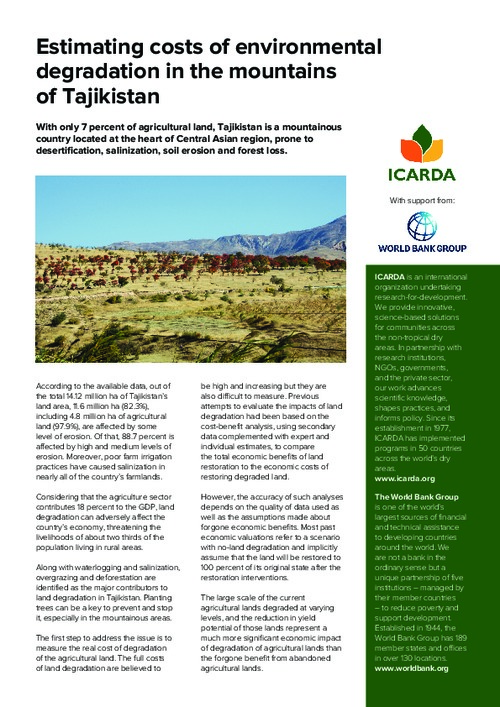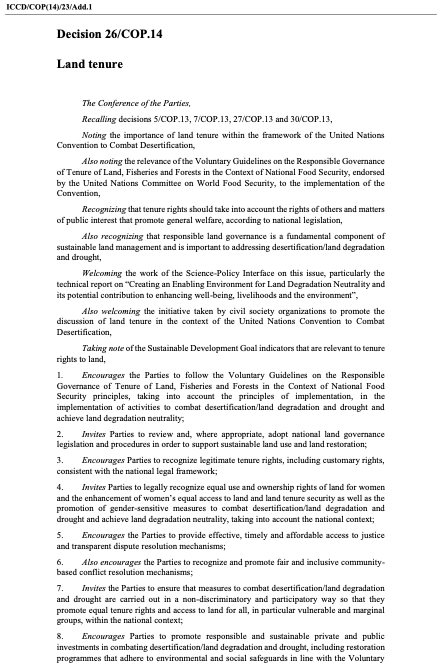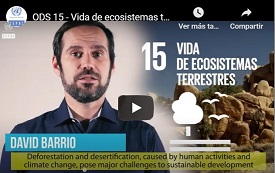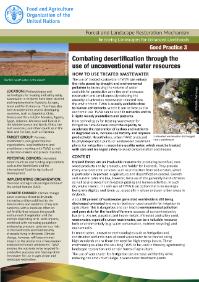Sustainable rangeland management in Sub-Saharan Africa - Guidelines to good practice
In Sub-Saharan Africa, the popular perception of rangelands and their management is that these vast areas have major problems without solutions: the common narrative focuses on overgrazing, herds of undernourished livestock, erosion and desertification, drought, famine, and conflict.
However, evidence compiled and analysed in this book show that such a view of rangelands – as being unproductive and mismanaged systems – does not reflect reality. It needs reconsideration and revision.






